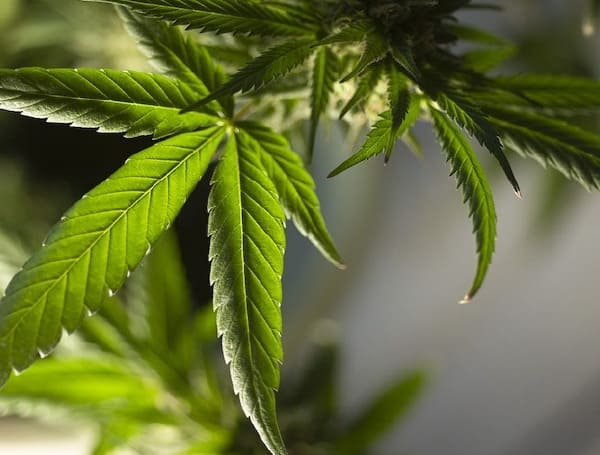If you want to obtain an Oklahoma medical marijuana certificate, then there are a few steps you need to take. If you want to find out more, simply look below.
Physician Certification
Before you get your medical cannabis card, you need first to visit your doctor. During your appointment with them, they will discuss the forms you must complete, including the OMMA form. You will also need to fill out the Adult Patient Physician Recommendation Form.
Your doctor will assess your medical needs and confirm your identity. After your visit, the OSDH-approved form will be handed to you. Within 30 days, you must submit your application to the state.
This is very easy to do. Most of the time, you can manage your application online, so you don’t need to worry about dealing with paper documents when organizing your application. If you need further help, check out Green Hope Wellness.
Medical Card Application
When you have your physician’s recommendation, your next move is to initiate the application process. Before you open your application, it’s helpful for you to review the checklist to ensure you have all of the documentation you need.
This includes a photo of your ID, proof of your residency, a physician certification form, and a photo of your new ID card. You can make your payment for the card from within the portal and check the status of your application, making it easier than ever for you to get the medical marijuana card you need.
Paying for your Card
There are two payments that you have to make to get your medical cannabis card. First of all, you have to pay your doctor for their consultation. This currently stands at $100, with the $4.30 card processing fee on top.
You can get a reduced fee if you are on Medicare or Medicaid. Soonercare also gives you a discount, so make sure that you keep that in mind. The total cost of getting a card in Oklahoma is less than $220, and the card itself is valid for up to two years. After this point, you will have to pay to renew it.
If you have any questions about getting your card, your physician should be able to help you. If you do not file for your card within the 30-day window, you must resubmit your application.
If you aren’t sure if your condition qualifies for medical marijuana, then you should know that it can be given for PTSD, cancer, aids, glaucoma, and even Crohn’s disease. You can also be given it for severe nausea, muscle spasms, ALS, hepatitis C, and seizures.
Ultimately, it’s best to follow your doctor’s advice when the time comes for you to get your card. If your doctor or physician does not fill out the form for you to access your medical marijuana card, it could be worth exploring the reasons why or changing physicians.
Help support the Tampa Free Press by making any small donation by clicking here.
Android Users, Click To Download The Tampa Free Press App And Never Miss A Story. Follow Us On Facebook and Twitter. Sign up for our free newsletter.
